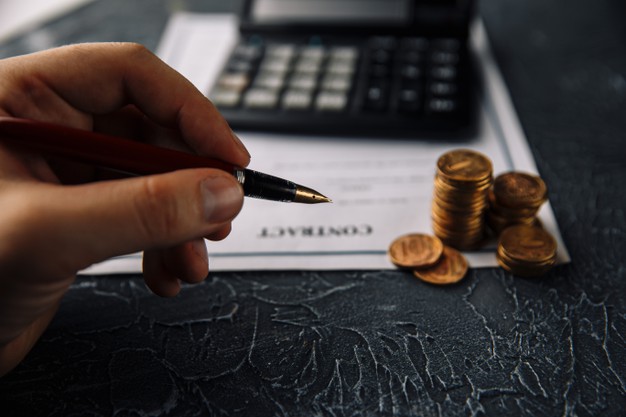Before filing bankruptcy, you need to determine if it will help or not. Bankruptcy (which is an excellent tool for debt relief) is worth considering only if it’s of any value to your current financial situation. By filing bankruptcy, you get immediate debt relief via the automatic stay. The latter is a law that forbids your creditors from reaching out to you immediately after the filing of your bankruptcy case. Furthermore, it halts wage garnishment instantly.
However, you may not be familiar with the process of filing for bankruptcy. This article covers step to step details on how to file bankruptcy. Before we get to that, let’s look at some types of bankruptcy and their roles.
Chapter 7 Bankruptcy
Chapter 7 bankruptcy is an excellent tool for clearing medical debts, credit card debt, plus other unsecured debt. Chapter 7 is a liquidation bankruptcy, but fillers can still keep their possession of over 90 percent of all cases related to consumer bankruptcy in the USA. You can only file bankruptcy once in 8 years under chapter 7.
Chapter 13 Bankruptcy
Chapter 13 differs from chapter 7 bankruptcy a little in that you are required to pay a portion of your debts via chapter 13 trustee. However, the monthly payments will depend on how much you can afford. Your monthly payment will be determined through test analysis, your income plus the expenses, as well as repayment plan terms and conditions.
A bankruptcy discharge does not clear some non-dischargeable debts such as student loans, recent tax debts, alimony, and child support obligations. Also, your personal bankruptcy cannot protect cosigners if you have any.
In case you have a good credit score, it will drop the moment the credit bureaus are informed about your chapter 7 bankruptcy filing. However, most fillers have a low credit score before filing. Whatever the case, a bankruptcy discharge enables fillers to improve their credit score in the shortest time possible. Here’s the process of filing bankruptcy;
Collect your financial documents
You’ll need all your financial documents to evaluate your current financial state. Ensure you have a copy of your credit report. However, not all your debts are covered on a credit report. These are debts such as payday loans, tax debts, medical bills, and personal loans. You can create a list of all the debts missing in your credit report. That way, you’ll have all vital information when filling your bankruptcy forms.
Other vital documents include the following;
· Past two years tax returns
· Pay stubs or documents showing your income within the last six months
· Brokerage account statements or recent retirement account
· Appraisal or valuations of your real estate
· Vehicle registration copies
· Other documents that are related to your income, debts, and assets.
· With the above documents, you’ll have an accurate view of your financial state.
Enroll in a credit counseling course
To file for bankruptcy, you are required to enroll in a credit counseling course at least six months before your bankruptcy request reaches court. The course is taken via an approved credit counseling agency. The course helps you discover whether there is a need to continue with bankruptcy filing plans or you could get back on track via an informal repayment plan. After completing the course, you are awarded a certificate of complication. You’ll be asked to present a copy of the certificate in court after filing bankruptcy in step five.
Fill in the bankruptcy forms
Bankruptcy forms contain about 23 separate forms, which equal to 70 pages. You are expected to provide details on your expenses and debts. You also have to mention the type of bankruptcy you’ve chosen and whether you’ll be hiring a bankruptcy lawyer.
Decide how you’ll pay for the filing fee
There is the filing fee. For instance, the federal court fee for chapter 7 bankruptcy is $338. In case you don’t have this money, you can request to pay in installments. But if this fails, you can send an application for a fee waiver. One can only qualify for a fee waiver if their accumulative household income is below 150 percent of the national poverty line.
Print your bankruptcy forms
Be sure to print all your bankruptcy forms. They should be printed single-sided as the court rejects double-sided pages. Don’t forget to sign all the forms after they’ve been published.
File your bankruptcy forms in the court
Visit your local courthouse and file for bankruptcy. The clerk will ask you to submit your bankruptcy forms and the filing fee. But do not give them your tax returns statement or bank statement as these are given to the trustee after filing the case.
The clerk will scan your forms, after which they will upload them on the court’s online filing system. Later the clerk will summon you to provide you with the following;
· The bankruptcy number of your case
· Bankruptcy trustee name
· Location, date, and time of your meeting with the trustee
By following this process, you’ll have filed for bankruptcy and will be protected from debt collectors.











